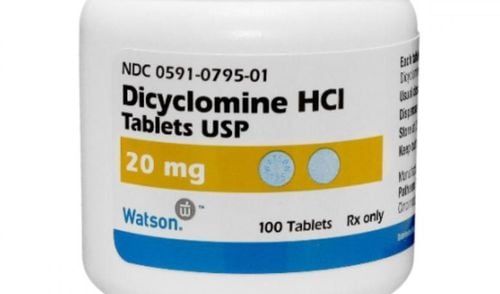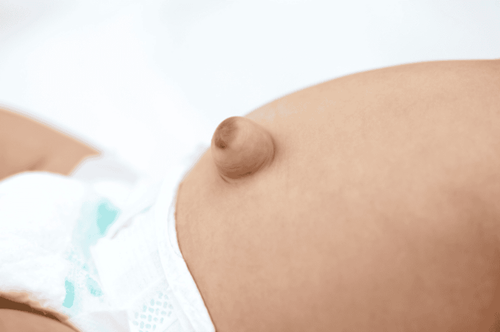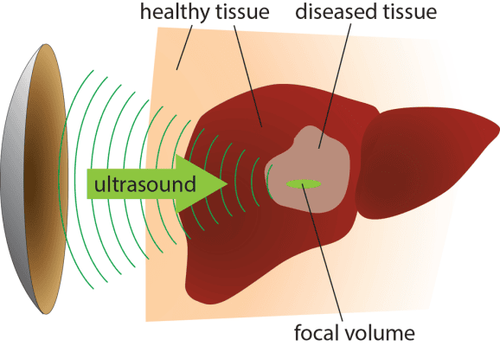This is an automatically translated article.
The article was professionally consulted by Specialist Doctor II Tran Van Trong - Specialist in Pediatric Surgery, Plastic Surgery - Aesthetics - Department of General Surgery - Vinmec Danang International Hospital.Hypertrophic pyloric stenosis in children is a common emergency. Among them, pyloric stenosis in infants causes many dangerous complications. However, the disease can be completely cured with proper diagnosis and timely surgery.
1. What is hypertrophic pyloric stenosis?
Hypertrophic pyloric stenosis in children is a form of congenital gastrointestinal disease caused by the hypertrophy of the pyloric muscle layer (the part connecting the stomach and the small intestine) to thicken, causing the lumen of the pylorus to narrow, causing the stomach to empty. food from the stomach cannot pass to the intestines, clinically manifested by vomiting syndrome. Macroscopic anatomical lesion in the form of an oval pylorus tumor, about 2cm across, 3-4cm long. Internal analysis revealed an enlarged sphincter layer narrowing the lumen of the pylorus. pyloric stenosis, if not diagnosed early or treated incorrectly, will lead to dehydration in children with sunken eyes, watery eyes, slow loss of skin pinching, rapid weight loss, and severe exhaustion. The cause of hypertrophic pyloric stenosis is unclear. Some authors believe that the disease is related to family, genetics, and race.
Nếu không được chẩn đoán sớm thì có thể dẫn tới tình trạng suy kiệt nặng ở trẻ
2. Clinical symptoms of hypertrophic pyloric stenosis in children
After the baby is born, there is a period of time when the baby eats and drinks completely normally until vomiting occurs. Vomiting symptoms can appear as early as 3-4 weeks after birth or appear as late as 5 months after birth. Expression of vomiting in hypertrophic pyloric stenosis is very specific: Vomiting appears late after meals, vomiting, vomiting, vomiting easily, large amount, Vomiting milk, milk residue. Vomiting causes patients to lose water, lose weight, become constipated, and urinate less. Abdominal examination often shows the area below the umbilicus, also known as the concave abdomen, and the area above the umbilicus is distended. Pyloric myoma may be palpable when the patient is late. It was a firm, smooth apple-like mass under the right flank. Ultrasonography showed a pyloric myoma in the shape of a crab claw formed by a hypoechoic ring corresponding to the hyperechoic muscle and the hyperechoic central region and the folded mucosa.3. Treatment regimen for hypertrophic pyloric stenosis in children
Medical treatment Resuscitate children by correcting water-electrolyte disorders and acid-base balance. When the diagnosis is confirmed, the child should be fasted, placed a nasogastric tube, and given fluids.Surgical treatment Indication of extramucosal pylorotomy is required to treat pyloric stenosis. Surgical methods include: open surgery or laparoscopic surgery
Complications of surgery
Perforation of the pyloric mucosa, bleeding, wound infection. Vomiting after surgery: The cause of vomiting may be due to edema of the gastric mucosa and pylorus or incomplete opening of the pyloric muscle. Treatment after surgery

Sau phẫu thuật điều trị, trẻ sẽ được nuôi ăn tĩnh mạch cho đến khi hồi phục
For examination and treatment at Vinmec, customers can directly go to Vinmec National General Hospital nationwide, or contact to book an appointment online HERE.
MORE:
What is pyloric stenosis? The cause to the illness? Pyloric stenosis: Common complications in chronic peptic ulcer disease Diagnosis and treatment of pyloric stenosis














